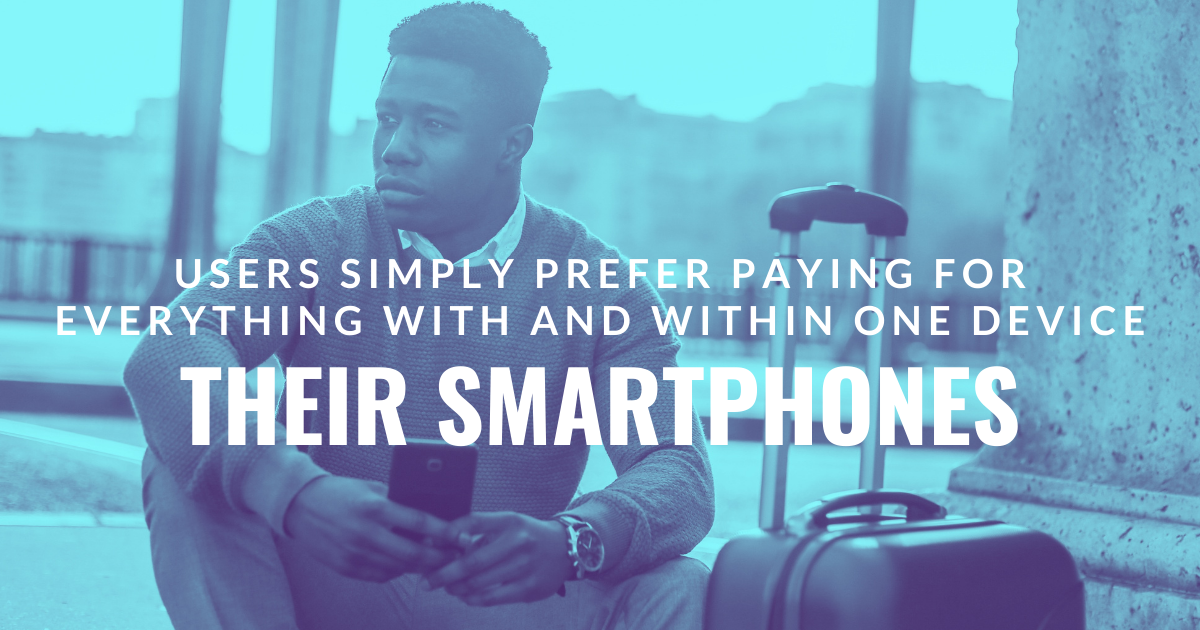As the world is slowing down and preparing for the festive season, the end of the year presents a much-needed opportunity for reflection.
In our report, we’ll be reflecting on some of the most promising mobile app development trends for 2021, and beyond — to help brands and organizations with upcoming mobile apps, better navigate the needs of their future userbase.
Now, without further ado, let’s take a macro look at the most exciting mobile app development trends of this year.
7 Most Exciting Mobile App Development Trends of the Year
1. The emergence of no-code app builder platforms
No code app builders are slowly becoming the industry standard for mobile app development. Statistics predict that the low-code development platform market will generate a revenue of $187 billion by 2030, which is a $10 billion rise from 2019.
No code app builders are faster and more cost-efficient than traditional mobile development, making them an attractive alternative for brands worldwide. By 2024, it is projected that 75% of large enterprises will be employing at least 4 low-code development tools for IT application and citizen development. As low-code and no-code app development is creating increasingly higher quality apps, they are becoming the most accessible alternative.

2. Blockchain-infused mobile app development
The promise of blockchain to create faster, safer, cheaper, and more transparent payments has taken the world by storm, introducing the prospect of a trustless peer-to-peer digital currency. As blockchain technology advances, its use cases increase, introducing promising new synergies.
By 2021, there’s a clear trend shaping up around blockchain-powered mobile apps. These mobile apps use blockchain on their back end to boost efficiency, performance, and security. Some of the most notable apps to date include Terra, a fintech platform, Brave, a privacy-preserving desktop and mobile browser, and Audius, a blockchain-powered Spotify rival.
3. 5G driving mobile app usage
With greater technology comes a higher demand for bandwidth, which is being met by 5G networks. The speed and efficiency of mobile apps will greatly improve, as 5G is expected to yield a 10x latency decrease while boosting overall network traffic capacity.
With blazing-fast 5G bandwidth, mobile apps will gain more functionality, by being able to handle more data-heavy features. 5G is also expected to improve overall mobile user connections and lead to apps with higher performance. With global 5G subscriptions projected to hit one billion in 2022, greater global bandwidth coverage will lead to an increase in mobile app usage and overall performance
4. Beacon technology creating more advanced use cases
Beacon technology is being increasingly applied to custom mobile apps to increase use cases and functionality. As beacon technology is advancing, it is being more adopted across all verticals, from healthcare to commerce and hospitality.
For store owners, beacons can be installed in their locations to automatically connect to smartphones via Bluetooth, and notify them about exclusive deals or drive their mobile app downloads. Despite being in its infancy, the global market for beacon technology is estimated to hit $56.6 billion by 2026 — offering revolutionary new use cases to mobile apps. Brands will be able to drive more engagement via beacon-enabled proximity marketing strategies.
5. Mobile payments are increasing revenue across industries
More and more mobile app users are adopting contactless digital payments due to their ease of use. Mobile wallets accounted for a staggering $6.1 billion transaction volume in 2019, and this is projected to reach $13.98 billion by 2022.
Due to the rapid growth of mobile payments, businesses worldwide are adapting to the technology, as these payment methods are becoming a substantial part of their overall revenue. As people become more comfortable with contactless mobile payments, custom apps are also adding more online payment functionalities due to their frictionless nature. Users simply prefer paying for everything with and within one device — their smartphones.

6. Integrating IoT, AI, and Machine Learning
Artificial intelligence and machine learning are creating more possibilities for the global tech industry, including mobile app development. Global tech giants like Google and Amazon are already developing AI-powered services, as the AI market is projected to reach $266.92 billion by 2027.
Internet of Things (IoT) is also driving more interconnectivity, especially for custom apps, as there are already over 10 billion active IoT devices to date that are expected to hit 25.4 billion devices by 2030.
AI and machine learning-driven features like chatbots, natural language processing, and biometric data recognition are opening a new frontier in mobile app development, creating new possibilities for custom apps. As IoT is also becoming more widespread, data and interconnectivity will be two of the driving trends for the future of custom mobile app development.
7. Wearables are growing in popularity for mobile app users
Wearable technology refers to electronic accessories that can be worn by a person, like smartwatches, smart jewelry, fitness trackers, and body-mounted sensors, to name a few. These can be used to send health data in real-time directly to one’s smartphone.
The market capitalization of wearable software is expected to hit $929 million by the end of 2021. While this is a relatively small market compared to AI and other technologies, the mobile app industry can’t ignore this growing trend. Consequently, mobile apps are implementing more wearable features that add more advanced use cases and drive user engagement.
Mobile app development in 2021 and beyond
Considering the most recent trends for custom mobile apps is imperative for creating successful apps and maintaining a healthy userbase. Our report is designed as a manual for app developers and brands leveraging mobile apps, to help navigate this rapidly-advancing industry.
From the 7 most prominent trends we explored, it is becoming evident that custom apps are becoming more versatile, while app development is becoming more time and cost-efficient.
From day one, our mission at Evenya is to make app development more accessible for brands and communities. Using our intuitive, no-code app builder, you can create an Android & iOS native app for just $100.
Sign up for a free trial
and see our cutting-edge features for yourself. If you decide not to publish your app, we won’t charge you a dime.


